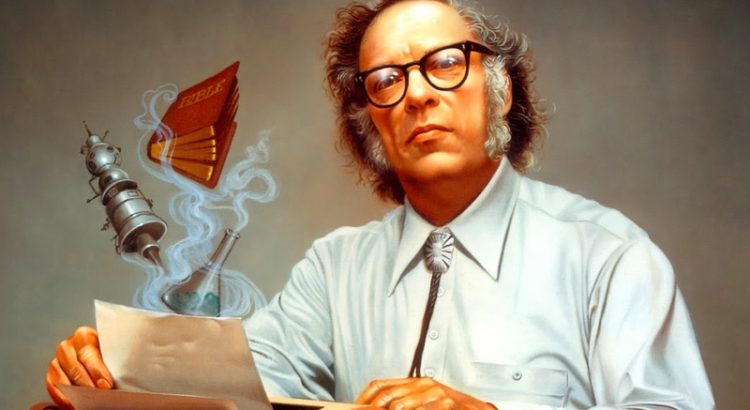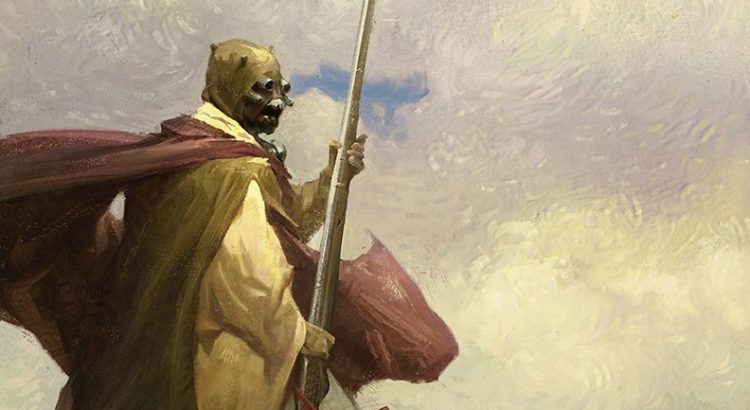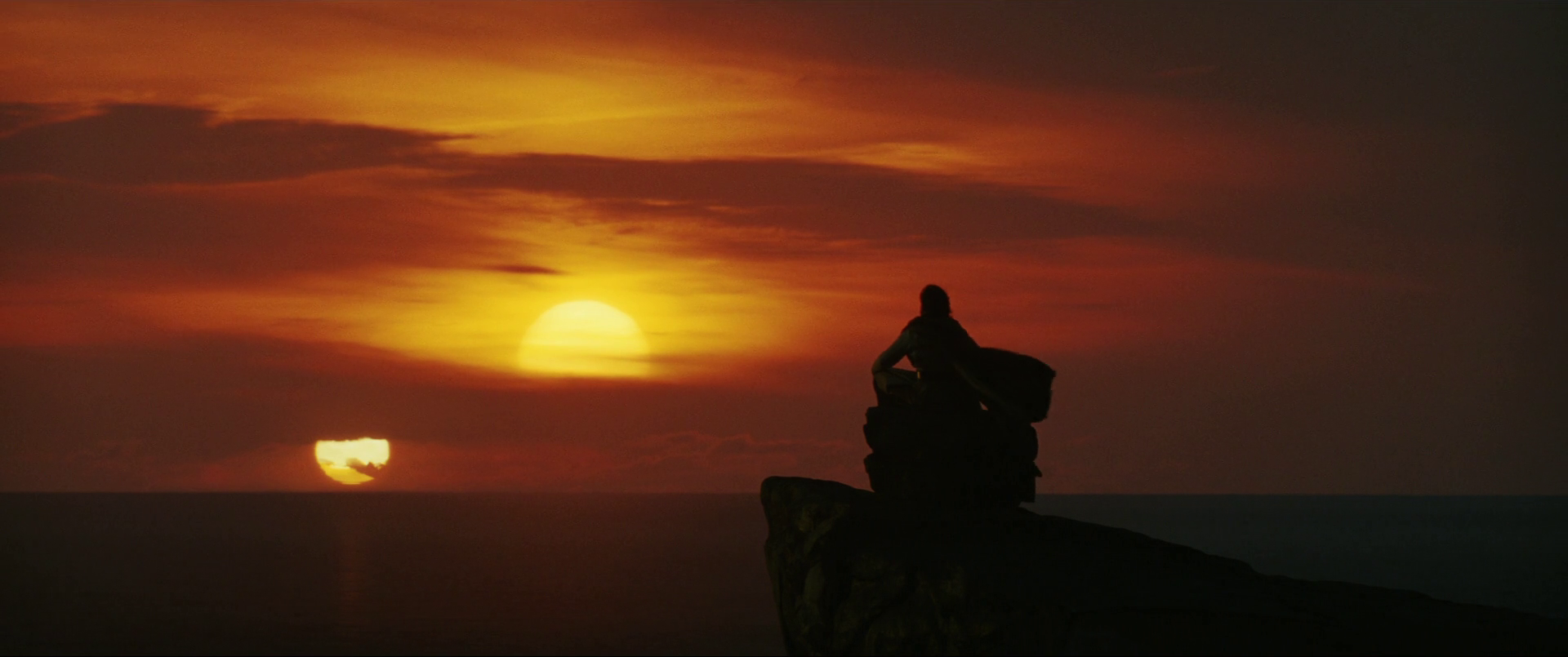I am a woman conflicted.
I was relentlessly eager for Claudia Gray’s Master & Apprentice, but once it was released, my enjoyment of the work was overshadowed by my childhood love for Jude Watson’s Jedi Apprentice series.
I feasted on the rumors and then the announcement of an Obi-Wan Kenobi series, but at the same time, I’m not ready to say goodbye to John Jackson Miller’s Kenobi.
I want to set Del Rey up on a blind date with author Ann Leckie to bring the Young Satine Kryze novel we deserve into being, but I dream of this while clutching the Schrödinger’s canon of A Star Wars Comic‘s Satine issue to my chest.
I am not unique in these anxieties. Even if it’s not these particular characters and these particular stories, everyone has pieces of Star Wars that they want to see the light of canon. Perhaps it’s something that people want to see make the jump from Legends or theories that they want confirmed. Engaging with stories is always personal, and while critiquing the work we consume is important, there’s also a space where we must be willing to let go and accept the contradictions between our expectations and the stories created by other, equally invested people.
A good practice ground for engaging in these contradictions is the robot stories of Isaac Asimov.
Read More




